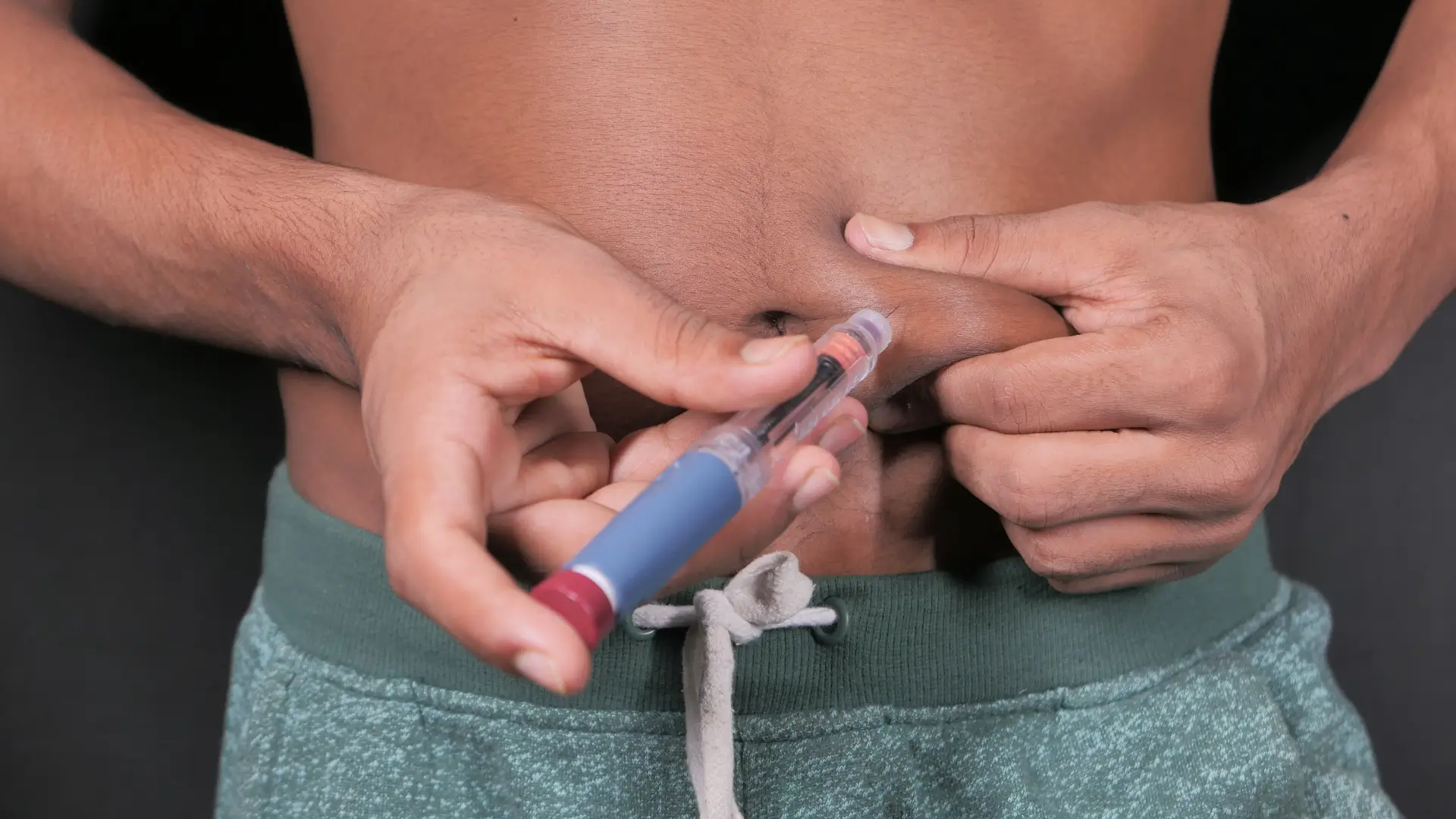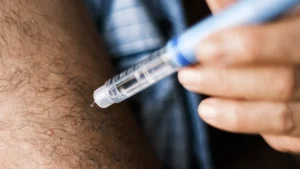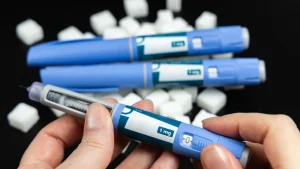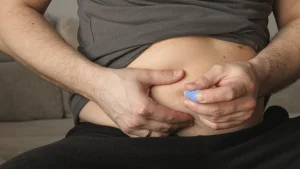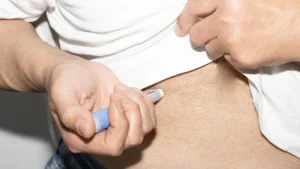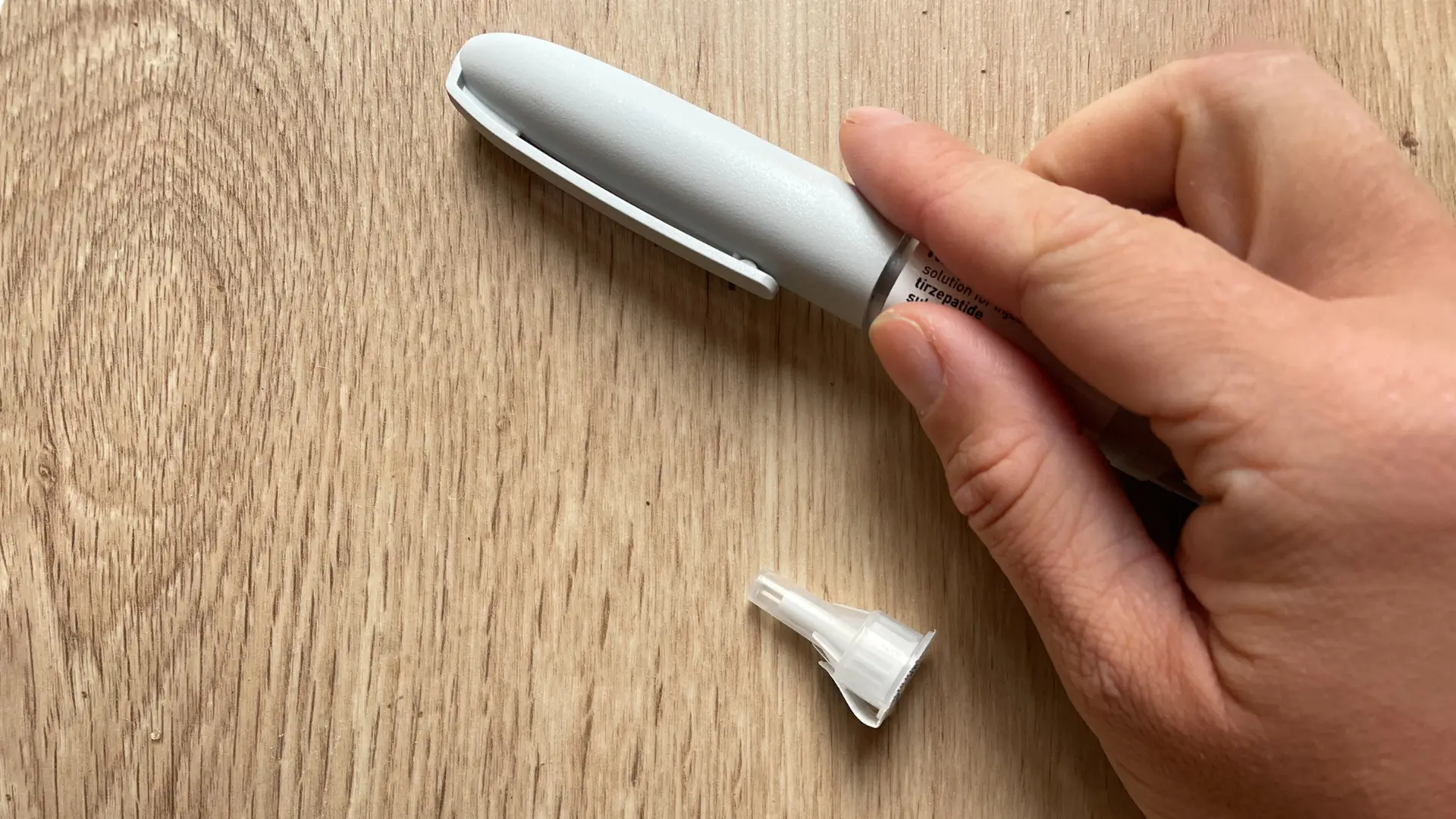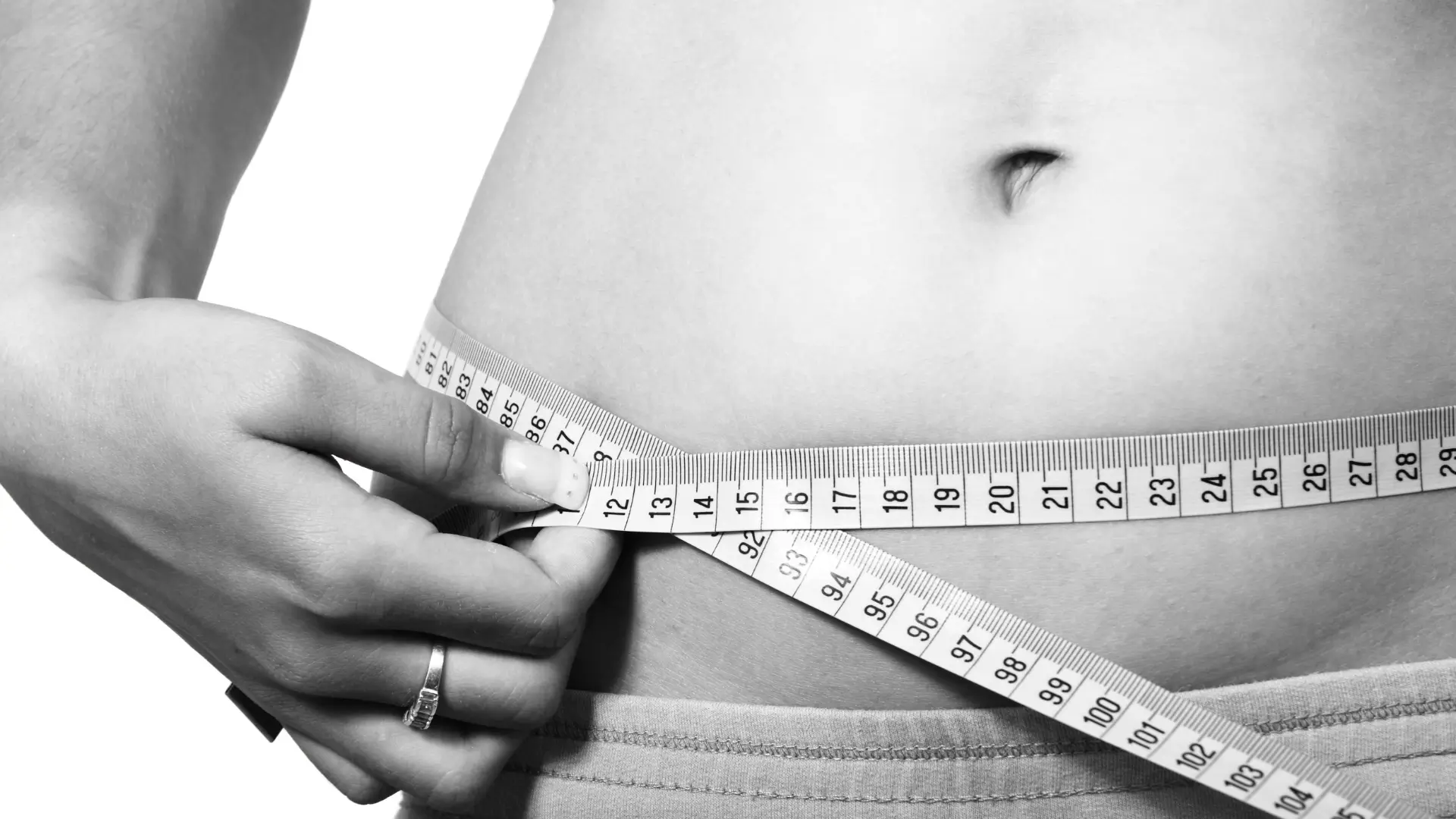Did you know that nearly half of people with type 2 diabetes rely on injectable therapies as part of their care? Not rotating injection sites regularly can lead to lipohypertrophy (thickened or lumpy skin), reduced medication absorption, and unpredictable blood sugar levels. These challenges highlight why proper injection practices are just as important as the medication itself.
With Mounjaro (tirzepatide) and other injectable treatments, choosing the right areas of the body—and rotating between them consistently—helps protect tissue health and ensures the drug works as intended. The most common sites include the abdomen, thighs, upper arms, and buttocks, each offering unique benefits for comfort and absorption.
In this article, we’ll walk through a Mounjaro injection sites chart, explain how to rotate sites effectively, review correct injection technique, and share practical tips to make the process safer, smoother, and more effective for both patients and providers.
Key Takeaways
- Mounjaro (tirzepatide) is injected subcutaneously into one of three approved areas: the abdomen, thigh, or back of the upper arm.
- Rotate injection sites each week and keep injections at least 1 inch apart within the same region to protect tissue health.
- The pen should be pressed flat against the skin; unlock, then hold the purple button until the second click signals the injection is complete.
- Allow pens to reach room temperature before use for comfort. Unused pens can be stored at room temperature for up to 21 days, but should not be returned to the refrigerator once they have been taken out.
- Dispose of each pen after a single use in an FDA-cleared sharps container; never reuse.
- Rotating injection sites helps lower the risk of lipohypertrophy, supports more predictable absorption, and reduces the chance of local reactions or other side effects.
About: Medica Depot is your trusted all-in-one supplier, offering a range of high-quality medical injectables and supplies. If you’re looking to buy Mounjaro, contact Medica Depot’s sales representatives and they will guide you on how to do so. Whether for health professionals, plastic surgeons, dermatologists, licensed estheticians, or other specialists, we can offer genuine, brand-name products you may need. With Medica Depot, we prioritize serving you better to improve the patient’s quality of life.
Approved Areas of the Body for Mounjaro Administration
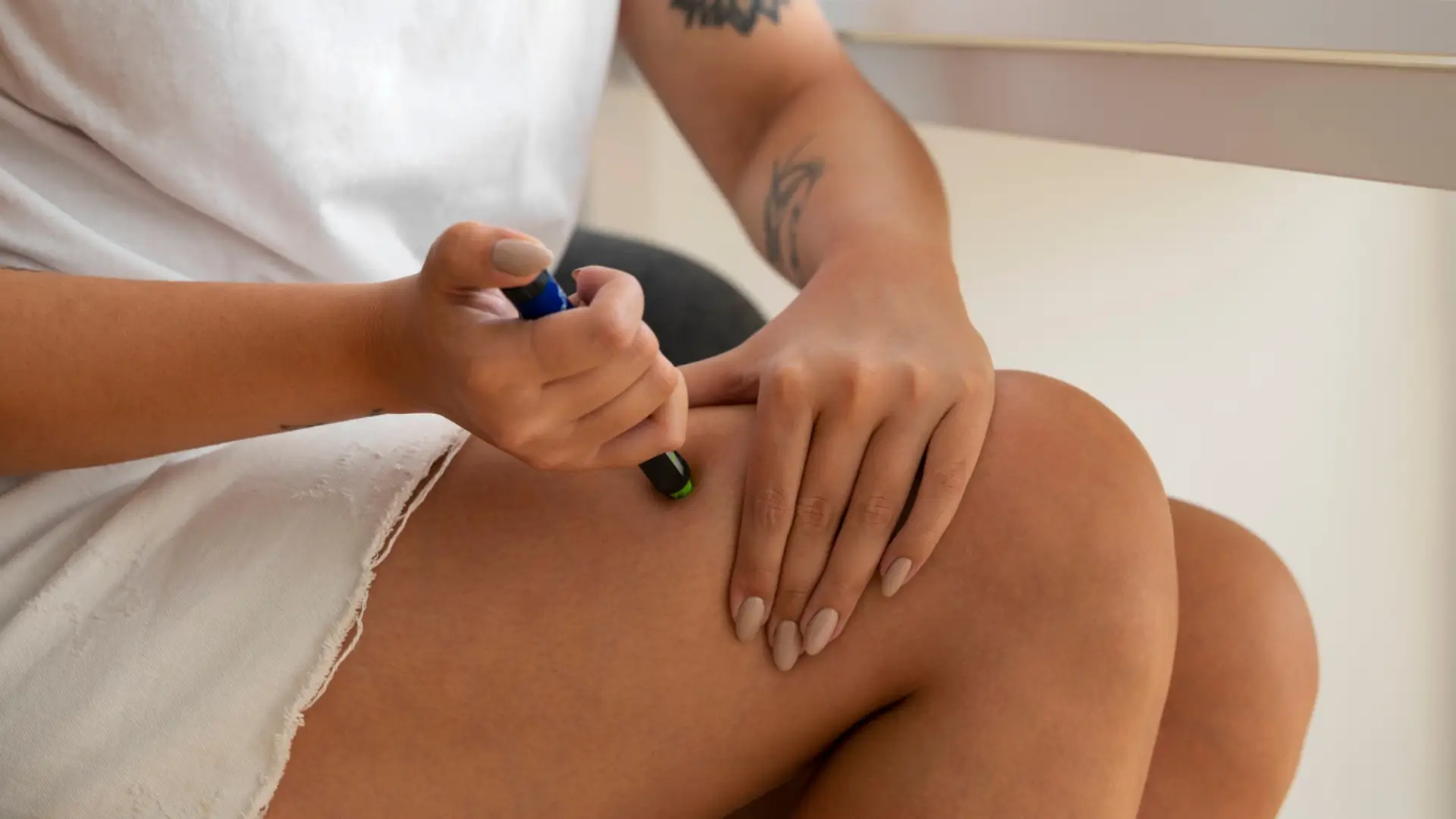
Mounjaro (tirzepatide) is an FDA-approved medication for adults with type 2 diabetes and is also used in weight loss management under medical supervision. It is delivered as a subcutaneous injection, meaning the drug is placed just under the skin rather than into a vein or muscle. Patients must inject only into approved sites to ensure safe absorption and minimize risks.
When patients ask, “Where should I inject Mounjaro?”, providers can point to these three approved areas while also reinforcing the importance of proper training. Healthcare guidance ensures patients understand not only where to inject but also how to handle the Mounjaro pen safely, reducing the chance of complications and maximizing treatment benefits.
Injection Technique for Safety
When injecting Mounjaro, patients should follow the device instructions carefully:
- Place the clear base flat against the chosen injection site.
- Unlock the pen, then press and hold the purple button until a second click signals completion.
- Keep the pen pressed firmly against the skin until the medication has been delivered fully.
Rotating to a new site with each dose and spacing injections at least 1 inch apart within the same area helps prevent irritation, bruising, or lipohypertrophy (fatty tissue buildup under the skin).
Why Rotating Injection Sites Matters with Mounjaro
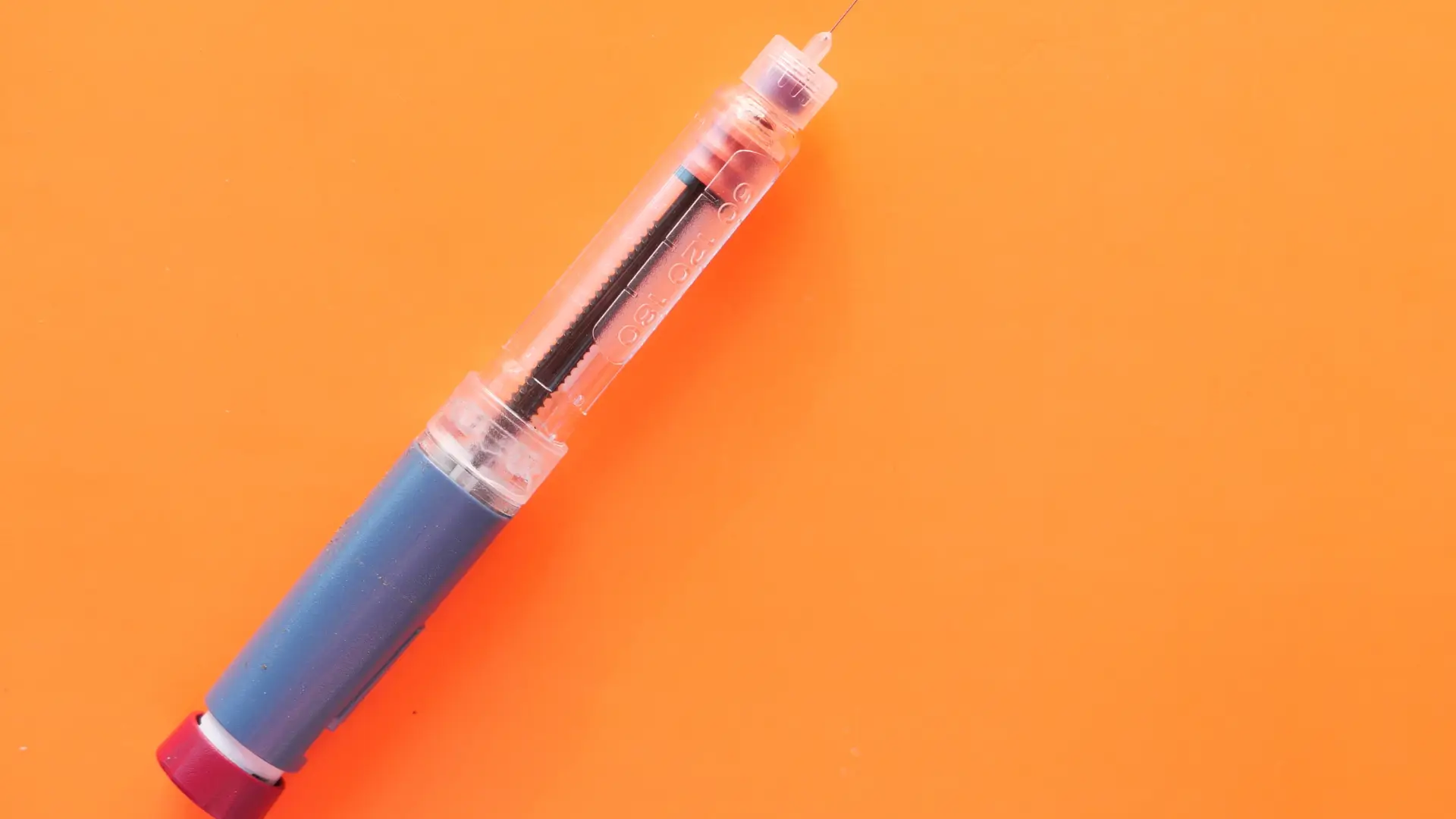
For patients using Mounjaro, rotating the injection site is more than a routine instruction—it is a preventive treatment strategy that helps maintain both safety and effectiveness over time. Injecting Mounjaro in the same site repeatedly can lead to lipohypertrophy, a condition where fatty lumps develop under the skin. These changes can interfere with proper drug absorption and make blood sugar control less predictable.
Rotating injection sites weekly provides several significant advantages:
- Supports consistent absorption of the medication, which is critical for regulating blood sugar and achieving weight management goals.
- Protects skin health by preventing tissue damage, redness, or irritation.
- Reduces injection-related discomfort, such as pain, itching, or swelling at the site.
- Improves treatment results, ensuring patients receive the full therapeutic benefit of Mounjaro.
The FDA-approved Instructions for Use (IFU) of Mounjaro specifically require patients to avoid using the same spot consecutively to protect skin health. Rotation between the abdomen, thigh, or upper arm also lowers the likelihood of injection-related discomfort and helps prevent avoidable Mounjaro side effects.
Best Practices for Technique When Injecting Mounjaro
According to the official Mounjaro Medication Guide, patients can safely and effectively use the single-dose Mounjaro pen when they follow proper steps. Its once-weekly dosing and prefilled, ready-to-use design support ease of use, which makes self-administration easier. Still, correct injection site selection and consistent technique are essential for both comfort and treatment success.
- Injection Preparation: Remove the pen from the refrigerator and check the label, expiration date, and casing. The solution should be clear and colorless to slightly yellow with no visible particles. Allow the pen to reach room temperature before use to improve comfort. Unused pens may be stored at room temperature (up to 86 °F / 30 °C) for up to 21 days, but should not be returned to the refrigerator once kept outside.
- Injection Session: Remove the gray base cap and discard it safely. Press the clear base flat against the skin, turn the lock ring to unlock, then press and hold the purple button until you hear the second click. Do not lift the pen until the injection is complete. This usually takes up to 10 seconds.
- Post-injection Care: Dispose of used pens in an FDA-cleared sharps container. Never reuse the pen. Store unused pens in their original carton in the refrigerator at 36 °F–46 °F (2 °C–8 °C) or at room temperature for up to 21 days.
Consistent technique helps patients achieve the best weight loss and blood sugar control outcomes with Mounjaro. Using the correct site each week, preparing the pen properly, and following the medication guide instructions also reduce risks like skin irritation, incomplete dosing, or avoidable side effects.
Healthcare professionals should demonstrate the Mounjaro technique in the clinic before patients begin self-injecting. This preventive step ensures confidence and helps people manage their Mounjaro treatment safely at home.
Educating Patients on Safe Mounjaro Injection Sites
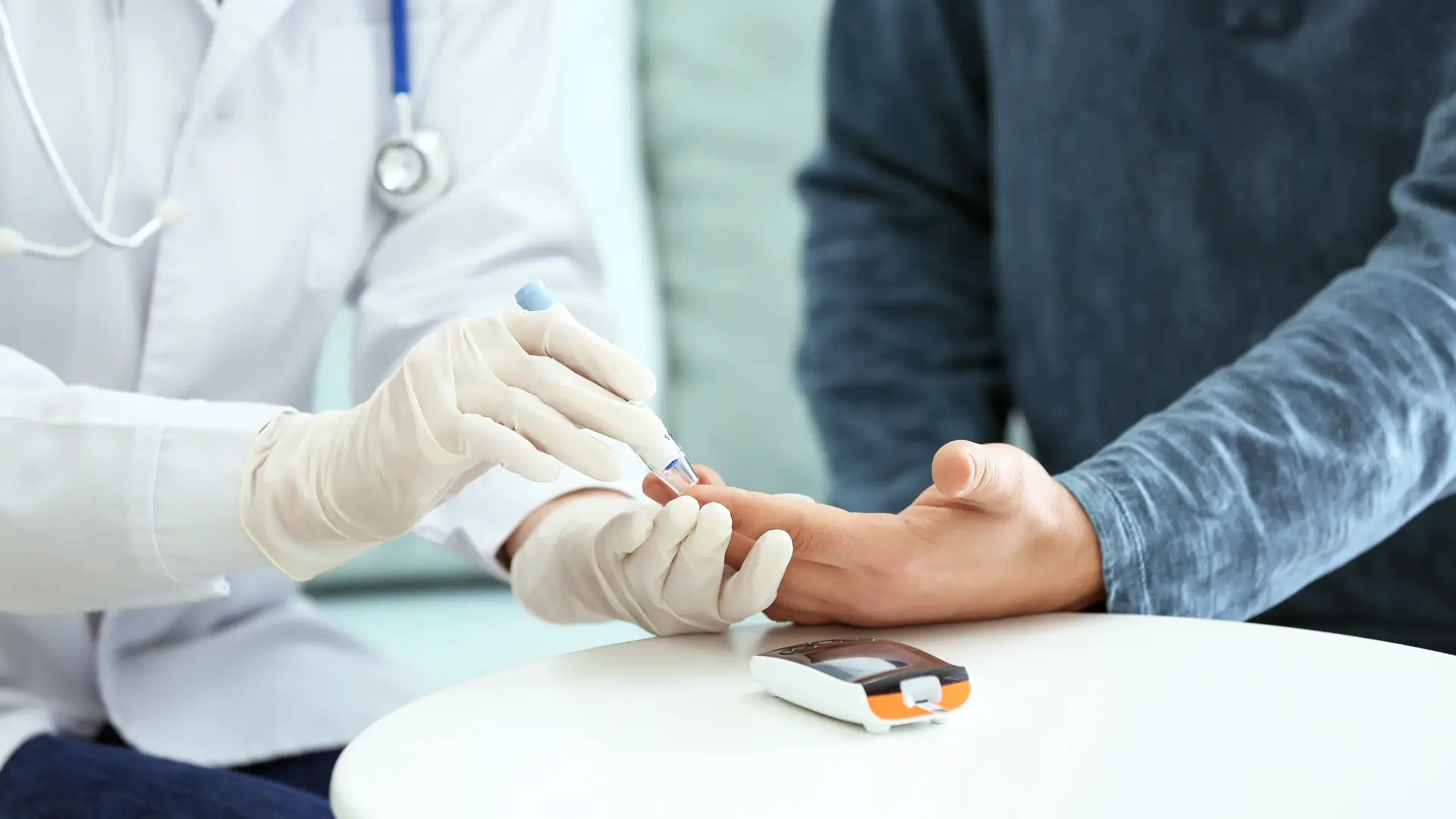
Clear education on Mounjaro injection sites helps patients feel confident and safe during therapy. According to the official medication guide, this medication can only be delivered as a subcutaneous injection into one of three approved areas of the body:
- The abdomen (at least 2 inches away from the navel)
- The front of the thigh
- The back of the upper arm (requires assistance if the patient cannot reach this area safely)
Some people find it useful to keep a simple log or diary of injection sites. While not mandatory, this habit can prevent repeated use of the same location and support consistent treatment.
By reinforcing these practices, clinicians help patients reduce injection-related complications and improve adherence. Correct use of the approved injection site not only makes therapy more comfortable but also ensures patients receive the full benefit of Mounjaro for blood sugar control, weight loss, and overall health.
Conclusion
Proper injection technique and careful site rotation are crucial for maximizing the benefits of Mounjaro therapy. Using the abdomen, thighs, and upper arms consistently — while rotating sites each week — helps preserve skin integrity, supports more predictable medication absorption, and reduces the risk of local reactions.
When combined with correct pen use and safe storage, these practices create a smoother treatment experience and more reliable results. With education, training, and commitment to these habits, patients can manage type 2 diabetes more effectively and maximize the therapeutic benefits of Mounjaro.
FAQs
1. Where should patients inject Mounjaro?
Mounjaro should be injected subcutaneously into the abdomen, thigh, or back of the upper arm. Patients should rotate injection sites with each weekly dose. Injected Mounjaro can deliver effective results to improve the patient’s condition.
2. Why is it important to rotate injection sites?
Rotation helps protect tissue health, prevents lipohypertrophy, and supports more predictable drug absorption, which improves long-term outcomes. Administering Mounjaro correctly can aid in optimal outcomes in improving glycemic control and weight loss.
3. What is the correct technique for injecting Mounjaro?
Place the pen’s clear base flat on the skin, unlock, then press and hold the purple button until you hear the second click and the injection is complete. Pinching the skin is not usually needed unless recommended by a healthcare professional.
References
Kumar RR, Gupta RD, Shetty S, Shetty S, Balasubramaniam M, Mohan V. Lipohypertrophy in insulin injecting patients with diabetes mellitus: an under-recognized barrier for glycemic control. Christian Medical College Vellore. Published 2020. https://www.cmcendovellore.org/wp-content/uploads/10-2020-Lipohypertrophy-in-insulin-injecting-patients-with-diabetes-mellitus-an-under-recognized-barrier-for-glycemic-control_compressed.pdf
Sürücü HA, OKur Arslan H. Lipohypertrophy in Individuals with Type 2 Diabetes: Prevalence and Risk Factors. J Caring Sci. 2018;7(2):67-74. Published 2018 Jun 1. doi:10.15171/jcs.2018.011
